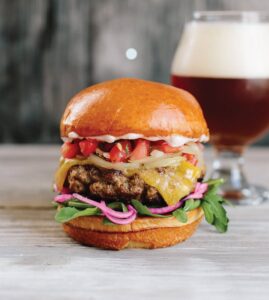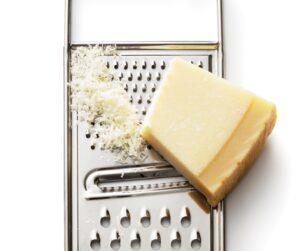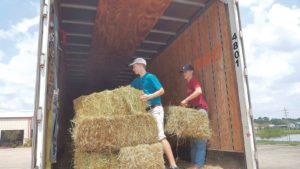It is spring. The weather is getting warmer and people are spending more time outdoors. What might you find in someone’s hand on the golf course, tailgating at a sporting event, or standing by the grill cooking up dinner? A cold glass or can of beer. Ever wonder how this liquid gold came to be resting in your glass with bubbles of perfection rising to the surface and just the right amount of head retention? Me neither. Quite frankly, I took it for granted until I embarked on my beer journey. Believe it or not, the beer goes from grain to glass in six simple steps; malting, mashing, fermentation, filtration, carbonation, and serving.
It all starts with the grain, the malt. I discovered that it was the smell of mashing the malt at Aiken Brewing Company, right next door to the Bella Studio, that triggered my memory and catapulted me right back to my childhood, growing up in Golden, Colorado, where the Coors Brewery is located. The smell of the cooking malt during the mashing process would fill the town of Golden with its intoxicating aroma and create a feeling of “home.”
Beer is made of four basic ingredients: water, hops, yeast, and cereal grains, primarily barley. The purpose of the water, the largest of the ingredients in volume, is to provide the solution necessary for fermentation. The purpose of hops is to provide antiseptic, bittering, flavoring. and aroma. The purpose of yeast is fermentation. The yeast converts sugars into alcohol, CO2, and trace chemicals. The purpose of the cereal grains, such as barley and wheat, is to provide the fermentable sugars and flavors. However, these grains contain proteins that are not naturally fermentable, unlike grapes and honey, which create fructose. Cereal grains require two steps to become fermentable: malting and mashing.
What is malt? Malt is most often barley (can also be wheat) that has been steeped in water to promote germination. Once the grain begins to germinate, it is sent to a kiln to dry out. Malsters use this process to convert the proteins into carbohydrates. The length of time in the kiln, and the temperature, result in a variety of characteristics: light- to dark-kilned, high temp kilned, roasted, roasted barley, and kilned and roasted. Once the malting is complete it can be distributed either milled or unmilled.
Mashing — this term seems easy, but it took me a minute to catch on. It is the point of magic for me — the cooking of the grain in water, the smell of home. Mashing is the process of converting the carbohydrates to simple sugars, called maltose or malt sugar. Maltose feeds the yeast, which converts the sugars into alcohol. This is done in a mash tun. The malted grain is added to the mash tun and water is added at the same time. The relative quantities are based on the recipe created by the brewer.
After the grain and water have steeped in the mash tun, the water is drained from the tank and recirculated through the spent grain to make sure as much of the sugars as possible are extracted. The liquid, now called wort, is drained out of the mash tun into the kettle. Water is then added to the spent grains in a process called sparging, and the grains are given a final rinse to maximize the yield for the batch of beer. This liquid is drained out of the mash tun and into the kettle as well, where the wort solution is sanitized by boiling and other flavors and aromas, primarily hops, are added.
Hops, the flowers of the female hop plant, are added to the wort at 3 different stages during the boil: the first stage for bittering, the second for flavor, and the third for aroma. In full disclosure, I never liked a hoppy beer until I started this beer-venture. I preferred the darker, richer, non-hoppy porter and stout. Since embarking on this beer journey, I have learned to embrace not only the hoppy IPAs but also the yeast-y whites as well. Though, at Aiken Brewing Company, my go-to is the Thoroughbred Red.
After the hops or any non-traditional beer ingredients are added, the wort is transferred to the fermentation tanks, where the yeast from a previous batch already resides, waiting for the maltose-rich liquid wort to enter the tank so the awaiting yeast can convert it to beer.
After a mere 3 days, the yeast has done its work. A bucket of water is attached to the fermentation tank with a hose; it acts as a gas trap, similar to the S-trap under a sink, to release the CO2 build-up in the tank. Some yeast is expelled with the CO2 — I have witnessed some very “happy” (active) yeast that has bubbled over the 5 gallon bucket onto the floor. This creates some very tasty beer indeed!
After the fermentation is complete, there is another transfer. For brewpubs the beer is transferred through a filter to the serving tanks. Once in the tanks, the final phase takes place — carbonation. A carbonation stone is inserted into the serving tank and carbon dioxide is added under pressure. This creates those familiar small bubbles found rising in a glass of beer. For microbreweries and larger brewers, the beer is carbonated in brite tanks then sent to packaging lines for bottling, kegging or for canning.
Like many states, South Carolina has a three-tiered selling process: brewer to wholesaler, wholesaler to retailer, retailer to consumer. Brewers in a brewpub may sell beer directly to consumers and are able to sell the beer along with food — this is a great way to market beer to new customers who might not make a trip to a brewery but might well try a new restaurant. Aiken Brewing Company, in Aiken, South Carolina, is my favorite brewpub. On the 24th anniversary of the brewpub in March, Bella (PalmettoBella.com) published an article about the brewpub, Head Brewer Randy Doucet, and owner Robbie Pruiett.
Micro breweries tend to brew on a larger scale — they brew for distribution to wholesalers. They typically brew fewer than 15,000 barrels per year and at least 3/4 are served off-site. They sell beer produced and packaged in cans, bottles, or kegs to wholesalers (distributors), who then sell to retailers (restaurants, bars, and grocery stores). They are allowed to have a tap room where they can sell directly to the customer. Savannah River Brewing Company, in Augusta, Georgia, is my favorite micro brewery, and Head Brewer Adam Fulmer brews my favorite beer, Beacons. If you haven’t visited, well, you should.
A recap: malsters make malt, brewers make wort, yeast makes beer, beer makes people happy, happiness is what we all strive for. It has been quite the adventure, this beer-venture that I have embarked on. Through it I have discovered things about beer, brewers, the brewing process, and even myself that I never expected to find. I would like to thank Randy Doucet for teaching me everything I know about beer. This article would not be possible without him. Prost!
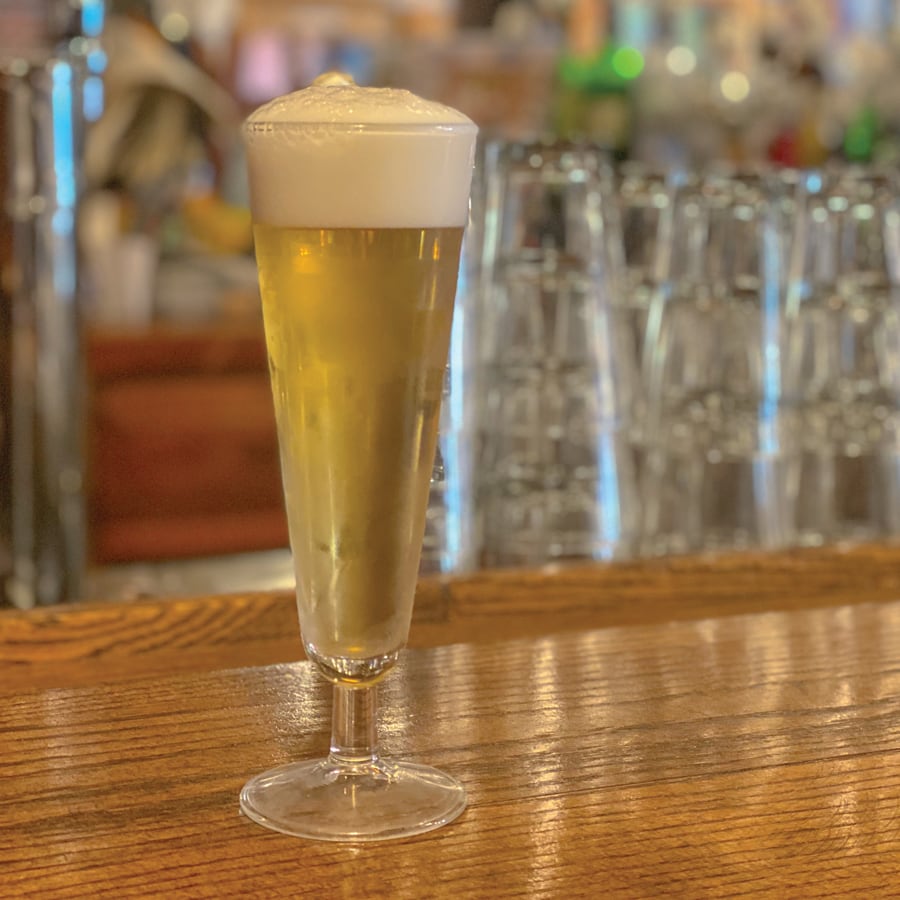
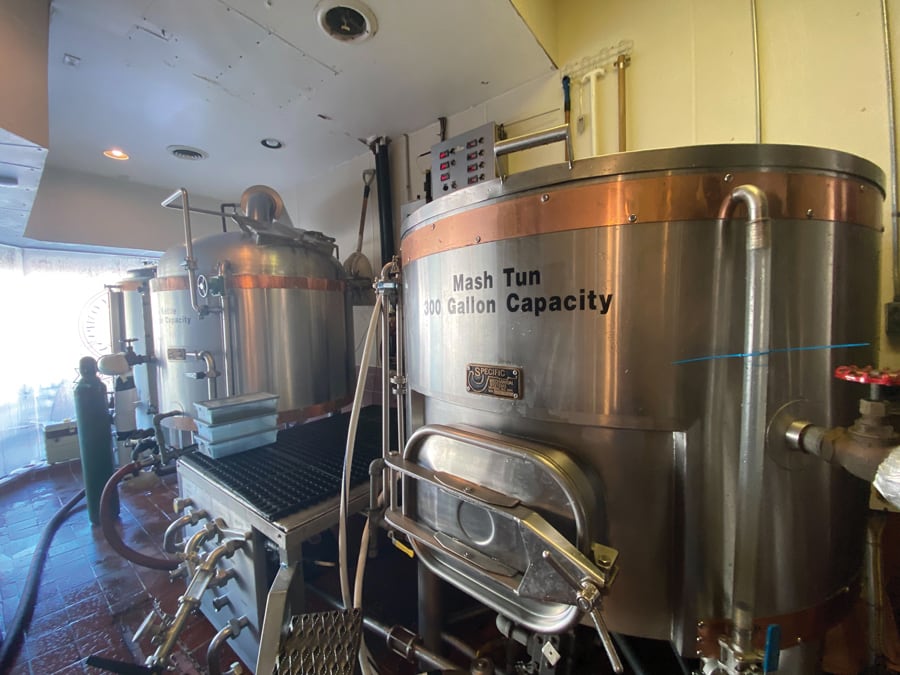
Hot liquor tank, kettle, and mash tun.
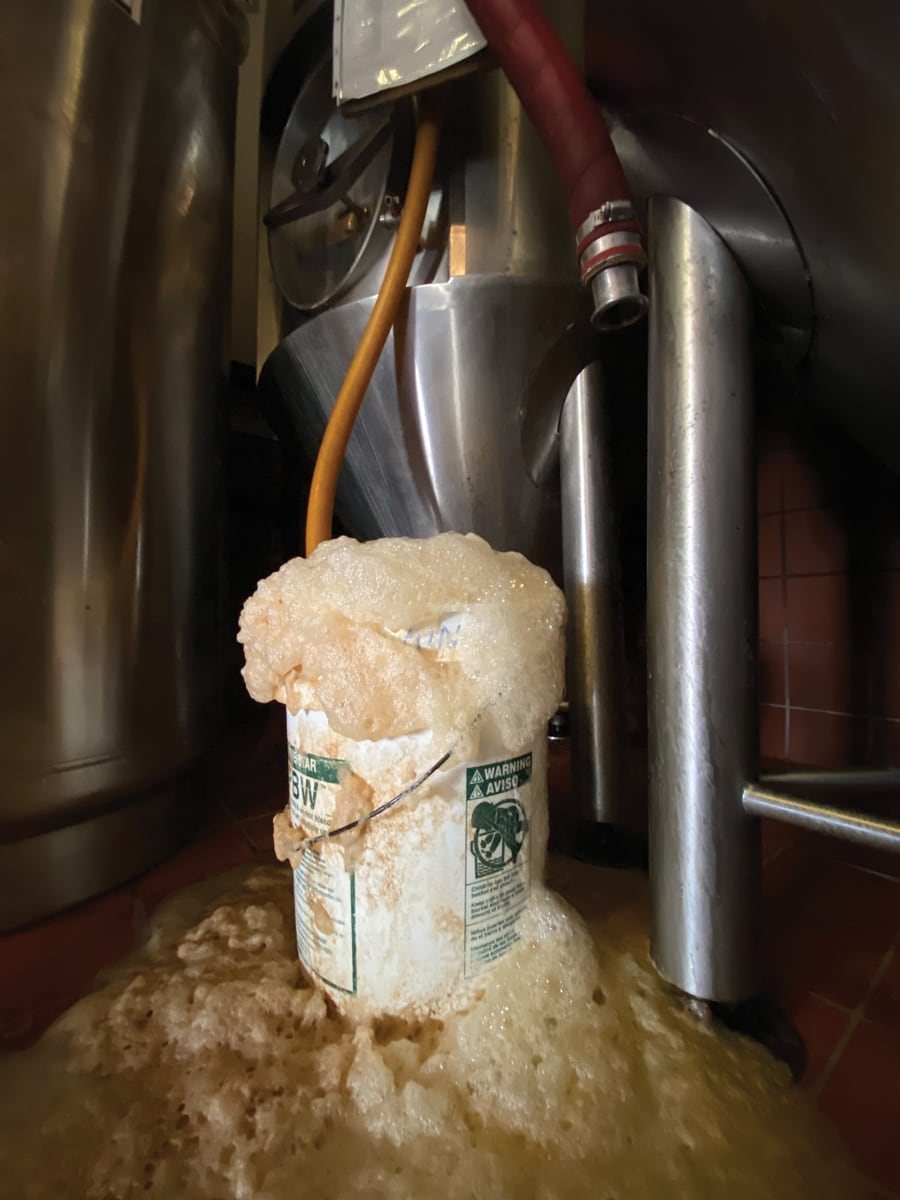
Happy yeast!


